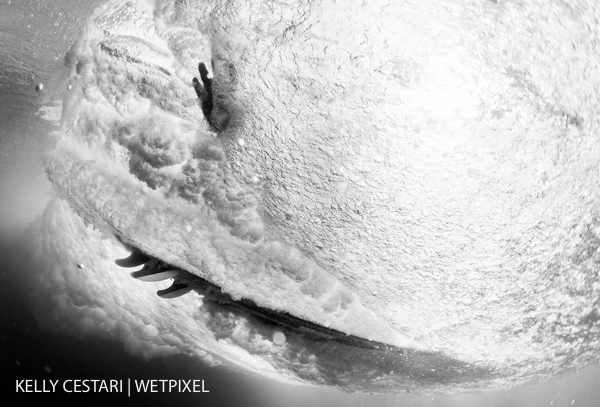Interview: Kelly Cestari on surf photography
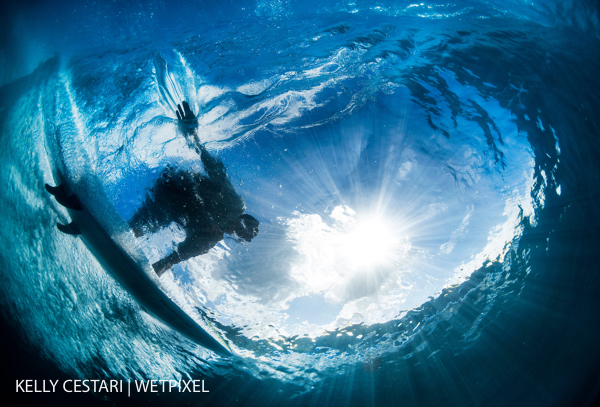
Kelly Cestari works as a full time professional surf photographer, capturing the action during the World Surf League. Based in Australia, his work takes him through Australia, USA, Europe, Tahiti, South Africa and Hawaii with the tour each year.
Shutterstock has recently announced a partnership with the World Surf League, providing access to Kelly’s amazing imagery.
Wetpixel caught up with Kelly and he kindly agreed to answer a few questions about his imagery and surf photography in general.
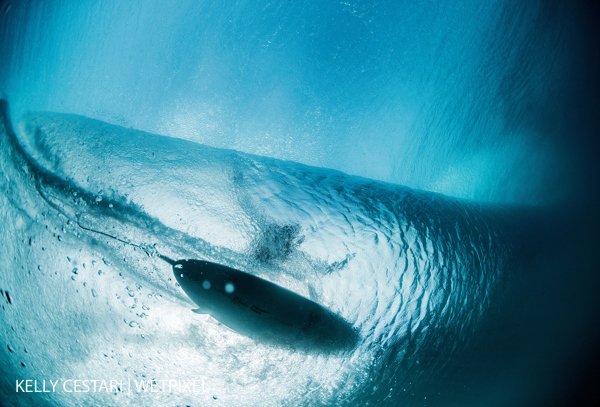
Wetpixel: Hi Kelly, thank you for taking the time to chat with us. What is the biggest challenge as a surf photographer?
Kelly: Having to choose between surfing myself or making photographs HAHA! No, there isn’t really one big challenge as sometimes it all just comes together and other times you need to jump a few hurdles before you are looking at your images. If I had to pinpoint one obstacle it would be surf conditions and when and where to shoot. Today’s forecasting technology is fantastic but it still gets things wrong at times. My belief is you will only really know when you wake up and look at the ocean.

Wetpixel: Do you follow the contest circuit? How much time do you spend at home?
Kelly: I work for the World Surf League and have been as a senior photographer for the last ten or eleven years. I am away from home a lot. Last year I spent nine months on the road which is a challenge in having that work-life, home-life balance.
Wetpixel: Where is your favourite place to shoot?
Kelly: Hawaii has been on top of the list since my first trip in 2007. But having been to Fiji last year I think there is a battle over my favourite place now. The water clarity in Hawaii was the best I would get all year and then I went to Fiji and my mind was blown. For underwater surf action Fiji is next level. On a perfect day it is crystal clear and if it weren’t for the fact you were holding your breath and wearing a dive mask you’d forget you were below the surface.
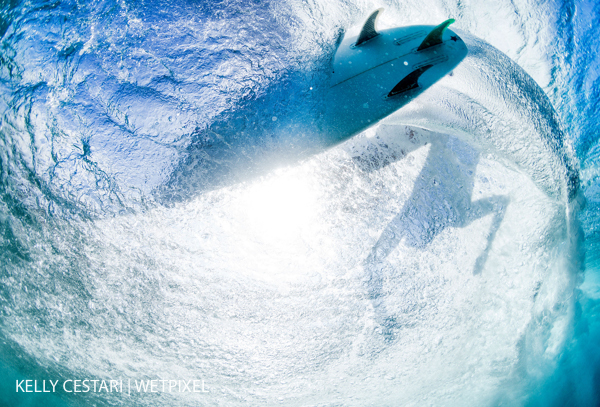
Wetpixel: What proportion of your imagery is captured via a long lens on the beach, and how much in the water?
Kelly: For my WSL (World Surf League) work, conditions and demands dictate what we shoot. The water angle will always be my favourite, I get to document the best surfing in the world and be in the water at the same time. At the first WSL event now, the Quiksilver Pro and Roxy Pro Gold Coast it was about a 50/50 split between land and water. For free surfing I have started to get in the water at any opportunity simply to chase a different angle.
Wetpixel: How do you decide where to shoot from? What makes you decide to get in the water (or stay out of it?)
Kelly: The biggest deciding factor is the surf conditions. If it is perfect surf I can’t get in the water quick enough. If there has been a recent storm I will assess the quality of the water because sometimes it’s just not worth getting wet no matter how good.
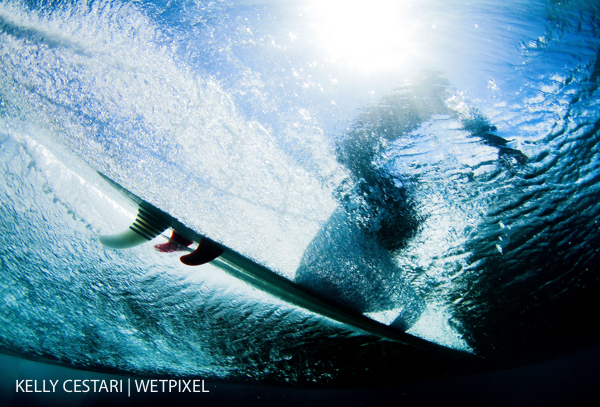
Wetpixel: You are shooting fast moving subjects in a pretty chaotic environment. How do you manage exposure? How do you manage focus?
Kelly: I like manual exposure as it gives you full control and there are times when I want a specific look which I feel I can only achieve with complete control. Saying that, I have been experimenting with the shutter priority with exposure lock lately especially on the days when it is constantly changing from clear skies to cloudy and rainy. Autofocus is a wonderful thing. In the past when shooting from the water I would have to select my exposure and focusing for either above or below the surface. Nowadays the equipment I use has enough custom settings to suit every working environment I enter so I can have the best of both worlds.

Wetpixel: What camera equipment do you use?
Kelly: My body is Canon’s flagship EOS 1Dx Mark 2, it is an amazing piece of technology. Before getting this camera I had two separate setups for water photography. If I was shooting action above the surface I was using a 1D model and if I was shooting underwater or fisheye in the barrel I would use a smaller body camera to limit size and weight. Now with the 1DxMK2 I am happy to live work with the extra weight because the quality of the images justifies it. Lens wise I have two go to lenses for water photography. For my WSL work where the rule you live by when entering the water of not to get in the way or disrupt the surfers wave I use the 70-200mm f2.8 non IS. The zoom field is big enough for me to capture almost everything from take-off to kick out and be happy. For fisheye work and underwater I have the 8-15mm fisheye. I was never happy with the quality of the image I was making until I bought this lens after someone made the comparison between this lens and what I was using as “chalk-n-cheese”. I also play around with the 40mm pancake lens at times.
Wetpixel: How has the use of Jetskis and tow ins changed the nature of surfing? How has it affected your imagery and how you take it?
Kelly: Todays big wave surfers have pushed themselves to the point where tow surfing is now reserved for days you just cannot physically paddle with the force of the ocean. Jetskis allows us as photographers to get into places we otherwise wouldn’t venture. I now live in South Australia but where I started my surf photography career in Durban, South Africa my use of Jetskis was extremely limited and not really needed so only now with the Big Wave Tour on the WSL do I get to shoot from a ski more often and I love it.

Wetpixel: As a surf photographer, how will the recently announced collaboration with Shutterstock benefit you?
Kelly: Personally as a surf photographer knowing my work is being seen by the biggest audience possible is always a great feeling. This goes for all the photographers we use on WSL events. It’s great producing amazing work and now knowing the images we make for the WSL are getting maximum exposure and drawing attention to this great sport of surfing means we can rest assured we are doing a fantastic job while having fun doing it.

Wetpixel: How does shooting for stock agencies influence your creative process?
Kelly: There is no one type of person or company who turns to stock agencies for their photographic needs. Producing stock images allows you to think outside the box and something you originally thought as a stock standard sunrise could be the best selling image of the year. I can now approach a scene or situation get what I need and then try look at it from a whole new perspective because again there is no one target audience.
Wetpixel: How much post processing do you do?
Kelly: I try to make it so the image I deliver is what I was seeing when I captured it, I may spend a bit of extra time in post processing for my underwater images to achieve that but I like to keep it to a minimum.
Wetpixel: Surfing is a very spiritual activity. Your images certainly reflect this. Do you deliberately shoot to capture this?
Kelly: I’m shooting in an environment l love so I certainly want to capture things as I see them and that you have said this is reflected in my work makes me happy.
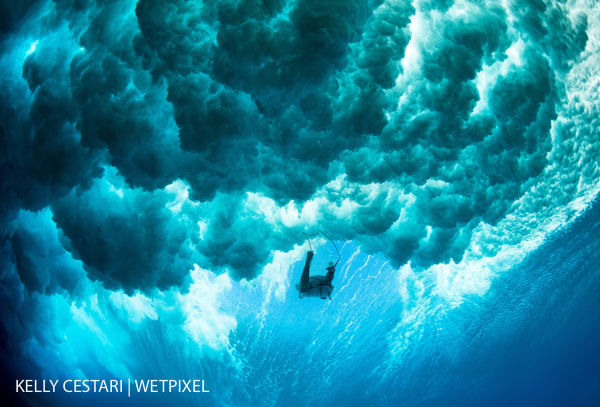
Wetpixel: It seems that surfers often have memorable encounters with marine life. Have you had any?
Kelly: *Swimming with wild dolphins is always a memorable experience. Years ago I was on a project in Mozambique, we were in a location which dolphins would regularly swim through the lineup. A freediver on the trip told me just spin around slowly and the dolphin will mirror you. I tried this and it went from one to two to three dolphins “dancing” with me. Turtles in Hawaii are cool too, they are pretty protective of themselves but there was one which was very happy to pose for me.**
Wetpixel: What do you think is the biggest threat to the oceans?
Kelly: Humans. We have created everything which threatens it. Hopefully our collective efforts to save the ocean are not too late.
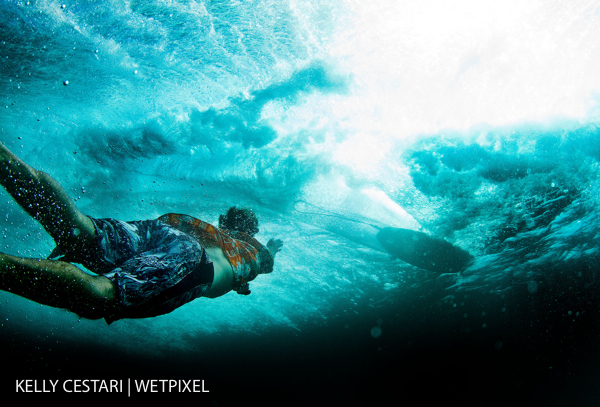
Wetpixel: What advice would you give to an up and coming surf photographer?
Kelly: When it comes specifically to shooting in the water, know your limits. It is very easy to end up in a situation where you will need help. If you do get in to a pickle, don’t panic as a calm mind thinks clearly. Learn to read the ocean and all her moods. As a surf photographer generally, just have fun with it as that will reflect in your work and that’s when doors open.
Wetpixel: Thank you so much.
Kelly: Pleasure, thanks for showing interest in my work.
